First American Immigrants arrived by Sea - 16,000+y ago...
See also: Genetics show new patterns of human settlement for the Americas
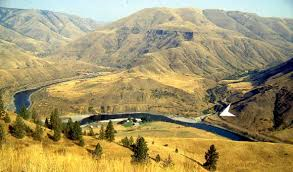
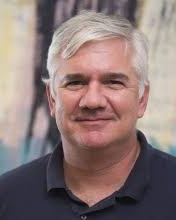
According to an announcement in the journal Science made by the team around archaeologist Loren Davis (pic.) of Oregon State University, the stone artifacts, comprising blades, multi-usage tools (such as bifaces) and spearheads, together with the remains of hearthplaces and of bones which have been found at the archeological dig of Cooper’s Ferry, on the banks of the Idaho River, are now dated at an age of ca 16,000 years.
This makes the finds older by several hundred years than the hitherto oldest dated finds of human artefacts in America. The finds also give credence to a new view about how humans arrived in America for the first time, as they show that humans were living at Cooper’s Ferry over one thousand years before the melting of the glaciers which, ca 14,800y ago, provided an ice-free passage through Canada.
These insights in turn make it more plausible that the first humans reached America by sea, and then must have rapidly spread along the coast of the Pacific and up the rivers. The data from Cooper’s ferry fit well this model of a coastal arrival, over which scientists seem to be reaching a consensus, thanks to a striking convergence of genetic and archaeological studies.
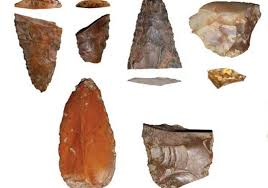
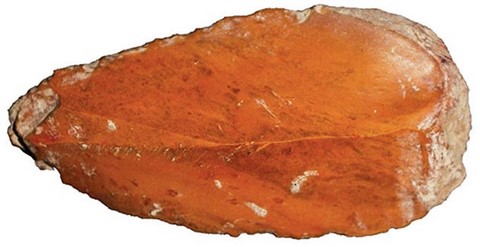
Up until now, the Clovis culture of big game hunters and producers of characteristic stone tools from the time of ca 13,000 years ago, were considered to be the first humans to have reached America, which they were thought to have done by using an ice-free corridor. But more and more finds now seem to indicate the existence of a pre-Clovis culture. So do, emphatically, the finds at Cooper’s Ferry, according to the authors of the article.
It is easy to see and understand how sea-faring people could have reached Cooper’s Ferry, explains Davis:
"Despite the fact that the site is more then 500km away from the coast, the rivers Salmon, Snake and Columbia connect it with the sea. When people came along the Pacific coast, the first turn left, south of the ice, would have brought them to the Columbia River Basin”, says Davis. “It is, so to speak, Exit Number One.”
The area has long been inhabited by the Nez Perce-Niimíipuu Tribe, who say that Cooper‘s Ferry, which they call „Nipéhe“, is:
"an old village which was founded by a young couple after a flood had destroyed their earlier abode, ethnographer Nakia Williamson, the Director for cultural resources of the tribe explained to Science. “Our stories already tell us how long we have been here… the new studies are confirming it. “
He hopes that the excavations, in which archaeologists as well members of the Nez Perce have taken part, will help to establish the deep bond existing between the Nez Perce and their ancestral land.
"This is not just something that has happened 16,000 years ago. This is something which is important to us to this day. “
Cooper’s Ferry also affords a glance at the tools which the first arrivals on the American continent must have brought with them. Many of the speaheads which have been found there belong to the western spearhead tradition, which are smaller – about the size of a little finger – and lighter than the powerful Clovis spearheads. Such spearheads have been found on early sites from British Columbia to Peru and even in the interior of Texas. Similar spearheads are also known from Japan 16,000 to 13,000 years ago, according to Davis. He argues, along with a number of other scientists, that western-type spearheads are the best evidence to date that the first humans who reached America came out of Asia and brought their traditions along with them.

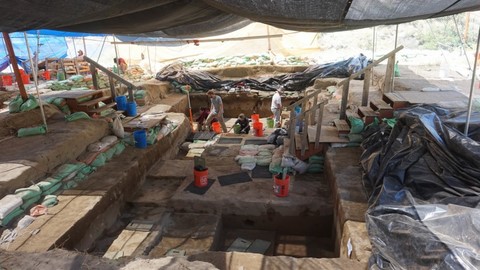
Andreas Mueller - Grenzwissenschaft aktuell
Translated from the German by Anne-Marie de Grazia
Genetics show new patterns of human settlement for the Americas


